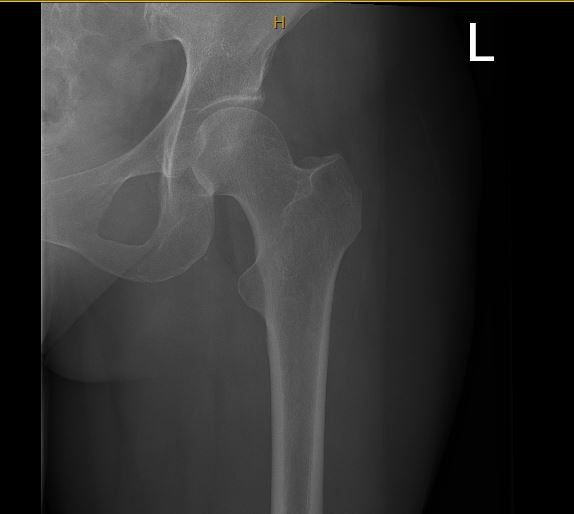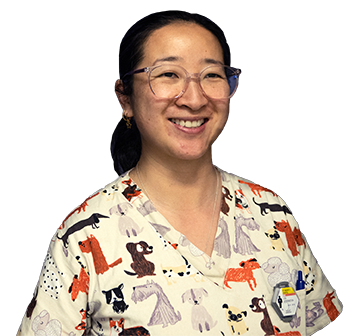Also known as a DEXA, a bone density scan is a vital tool in evaluating bone health, determining the risk of osteoporosis and assess body composition. This information enables your healthcare team to recommend appropriate preventive measures and treatments to maintain bone strength and reduce fracture risks.

A bone density scan, which takes about 15 minutes, measures the bone mineral density in your lumbar spine (lower back), hip, and sometimes your forearm. Scanning these areas offers the best fracture risk assessment and overall bone density.
During the test, you will lie on a flat padded table as the arm of the DEXA machine moves over your body. The radiation exposure during the test is minimal, and you may need to change into a gown.
This test is a valuable tool in understanding your bone health, allowing you and your doctor to make informed decisions about maintaining or improving your bone density and reducing fracture risks.
All results can be downloaded electronically by your Doctor.
We offer low out-of-pocket fees that are highly competitive.
For rebatable exams, we bulk bill all pension or health care card holders and full-time tertiary students.
For any billing queries, you can contact our administration team to discuss applicable fees.








